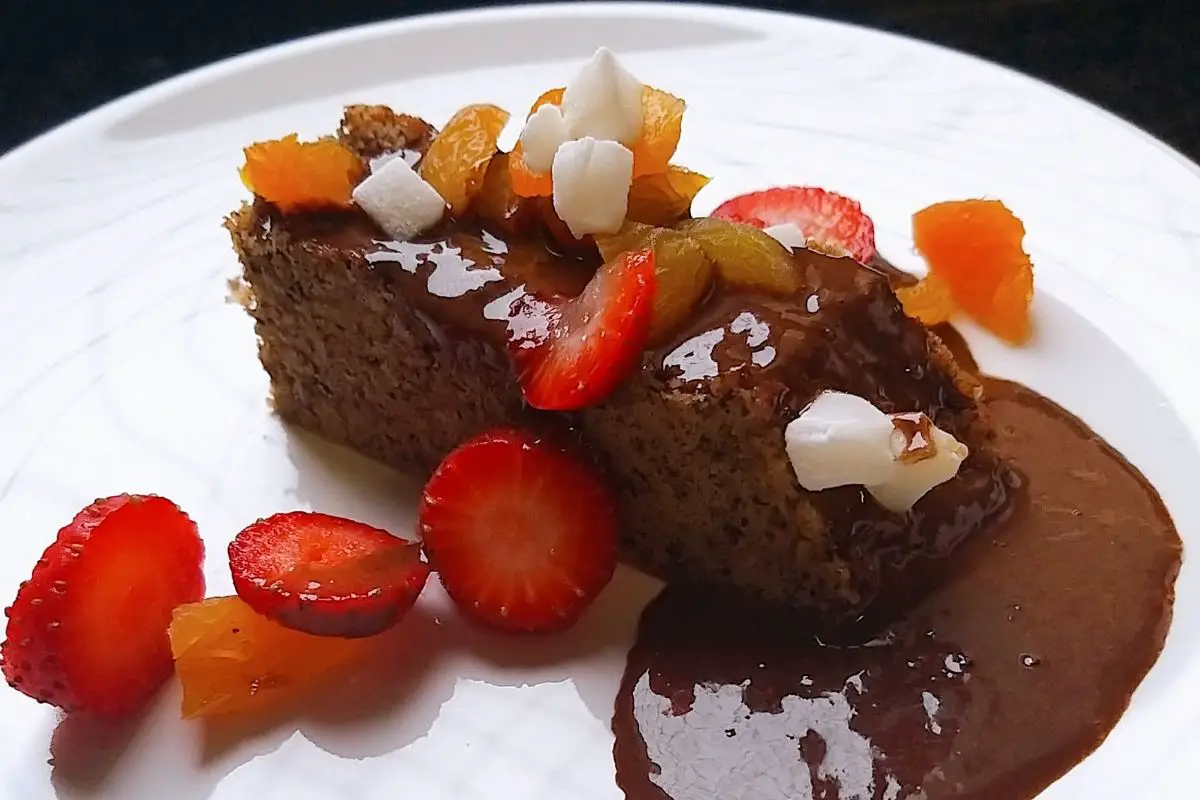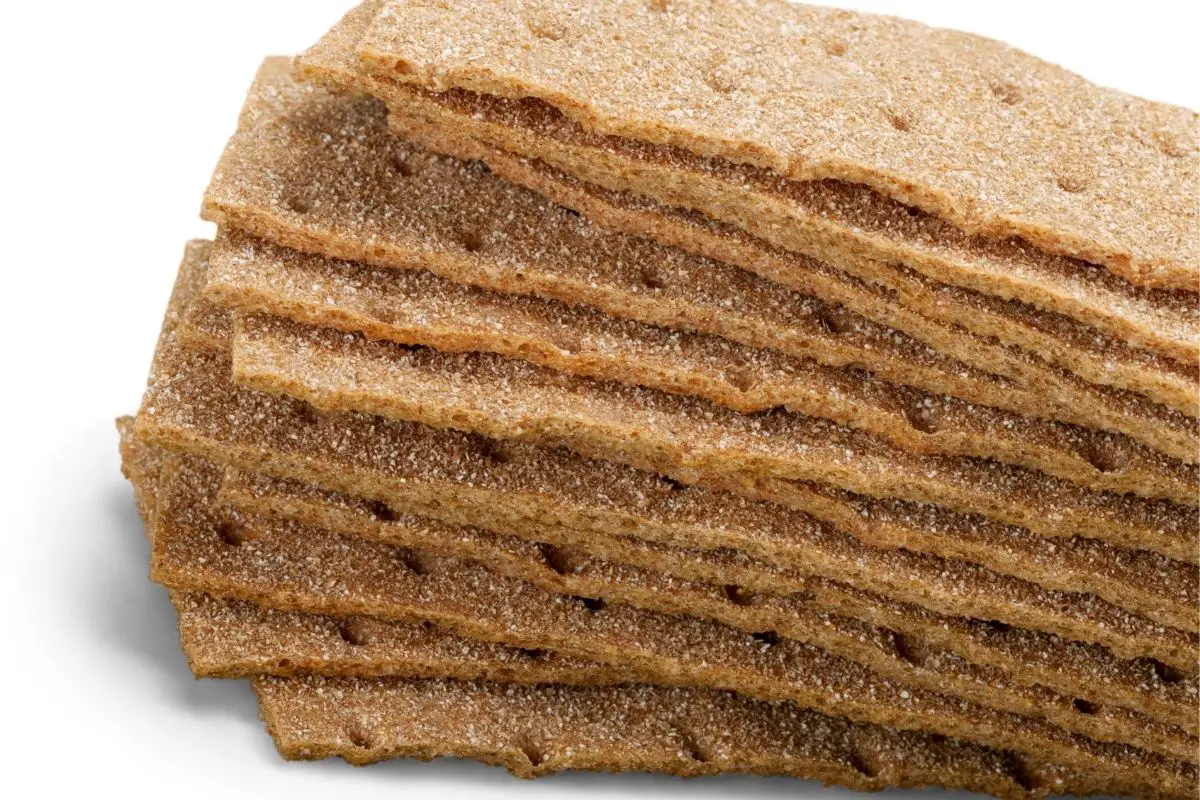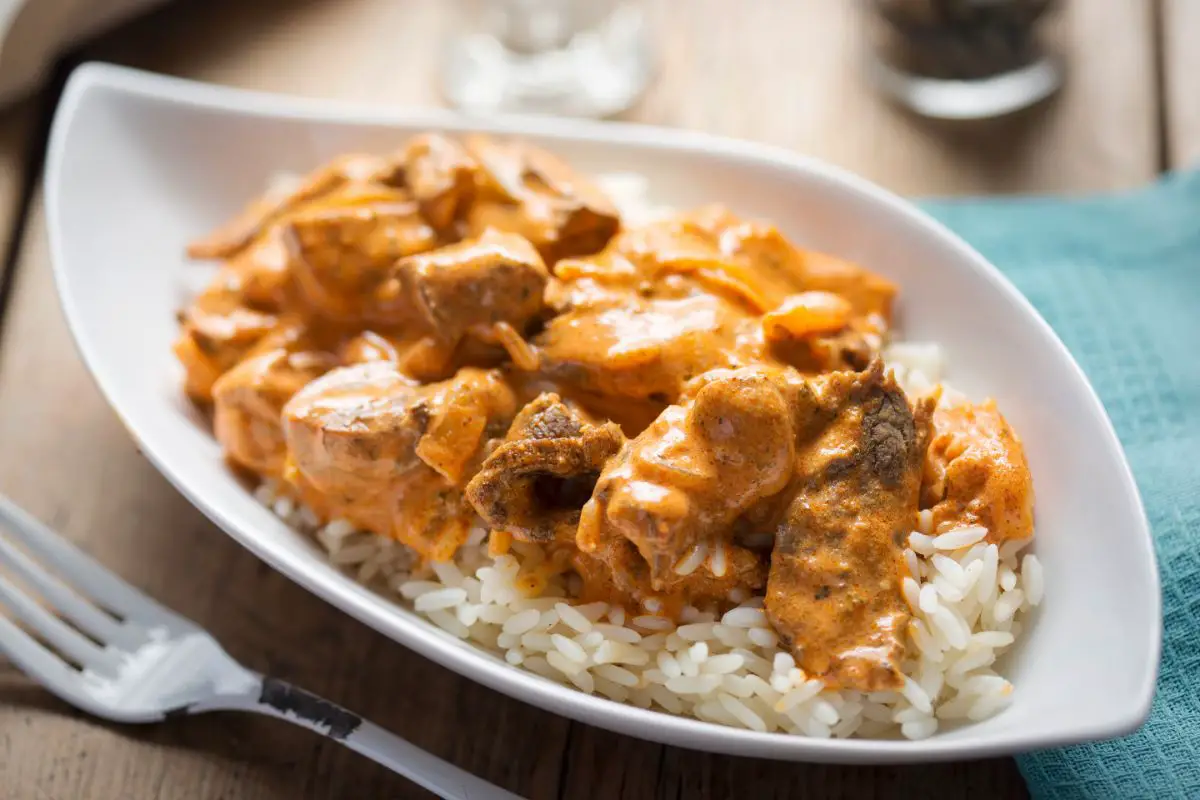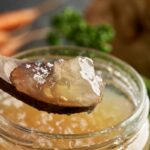Elderberry is not a particularly common ingredient or flavor, so you might not have heard of it before.
If that’s the case, you’re probably wondering what elderberry is and what it actually tastes like. Is an elderberry just an old berry?
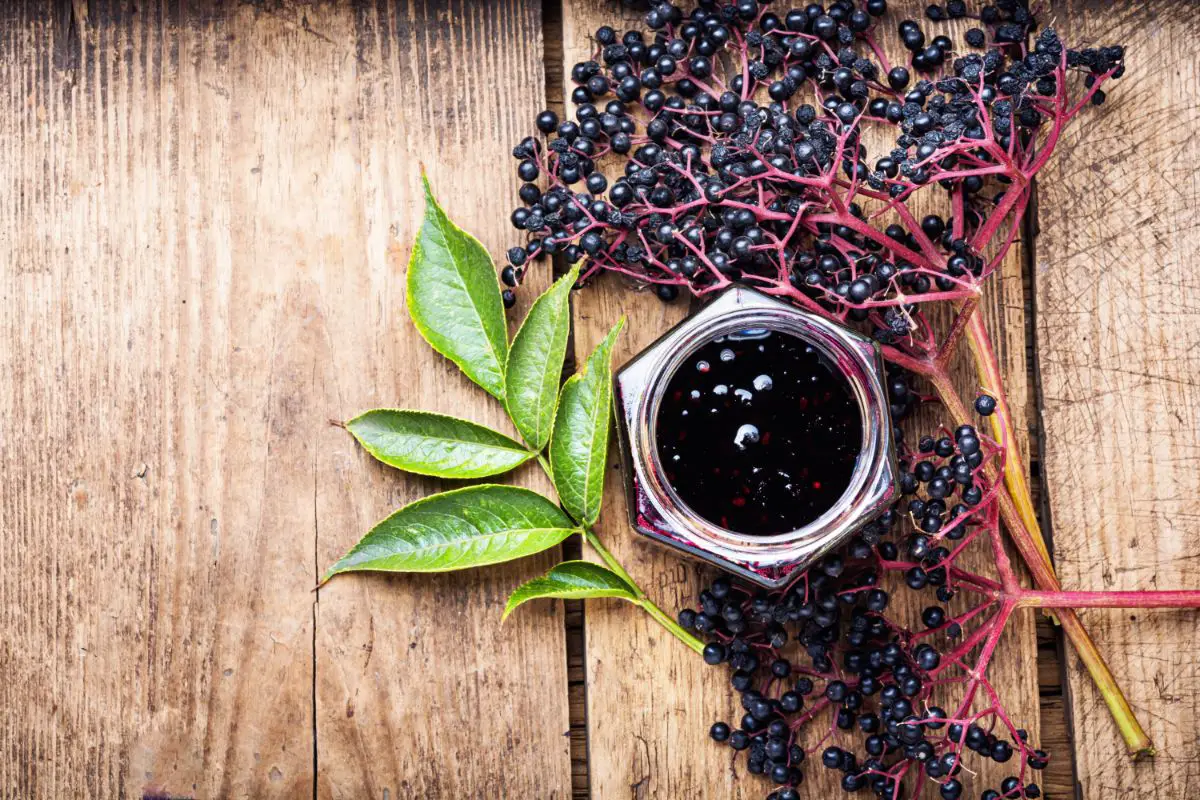
Well, an elderberry is certainly a berry, but it’s a specific species of berry and the name ‘elderberry’ has nothing to do with the age of the berry.
If you’re curious to find out more about elderberries, you are in exactly the right place. Elderberries could make a fantastic addition to your diet because they’re very nutritious and taste incredible, too!
What Are Elderberries?
Let’s answer the big question first: what exactly are elderberries?
Elderberries are the berries of the elderberry plant. The scientific name for this plant is Sambucus nigra.
If you live in North America, depending on which region, you might notice that the elderberry plant begins to bloom around June or July, around the middle of summer.
Elderberry harvests usually take place between the months of July and September, at which point, the berries can be dried out or frozen to preserve them for longer.
In addition to some parts of North America, elderberries usually grow in parts of Europe.
You can find them in 3 different varieties, which are the American elderberry, the European elderberry and the black elderberry (also known as the sweet elderberry).
The European elderberry is probably the least sweet of all the varieties, but it’s still delicious!
It’s worth noting that there’s not much difference between the nutritional profiles of different elderberry varieties.
Elderberry Flavor Profile
It’s difficult to make a blanket statement about what elderberries taste like because depending on what happens to the elderberries after harvesting, they may taste different.
Raw elderberries are not sweet, but if you enjoy tart, bitter flavors with an earthy aftertaste, you might prefer the raw elderberry.
Still, the fact remains that most people don’t like the taste of elderberries when they are raw because of the bitterness.
Besides, raw elderberries contain a toxin that causes cyanide to build in the internal organs, causing potentially severe illness, so never eat raw elderberries.
If you do want to try eating elderberries but don’t like tart flavors, we recommend pairing them with other fruits that are naturally sweeter.
For example, you could make a fruit salad containing apples and strawberries to complement the earthier, more bitter flavor of the elderberries.
If you want to bring out the sweetness of elderberries, the best course of action is to cook them.
Once cooked, elderberries release some of their sweetness, which is why products such as elderberry jam and elderberry jelly are so popular.
For reference, cooked elderberries taste slightly tart but also sweet, like a blackberry.
Bear in mind that elderberries will taste different depending on whether they are ripe. You can tell whether an elderberry is ripe because it should be dark (perhaps purple or even black).
If you see elderberries that are red or green, do not pick them, and definitely do not eat them.
These elderberries will be unripe, and not only will they taste extra bitter and unpleasant, but they may even contain toxins that could damage your health.
You should only eat elderberries if you’re sure that they are ripe.
Elderberries Nutritional Profile
Elderberries are popular in the health and wellness community because they are loaded with antioxidants, which can help to reduce inflammation in the human body.
They also contain plenty of fiber, which helps with the digestive process, and there are many essential vitamins to be found in a serving of elderberries.
Just some of the vitamins you can get from elderberries include vitamins C, D and A.
Additionally, elderberries are high in other essential nutrients and minerals such as iron, potassium, calcium, folate and copper.
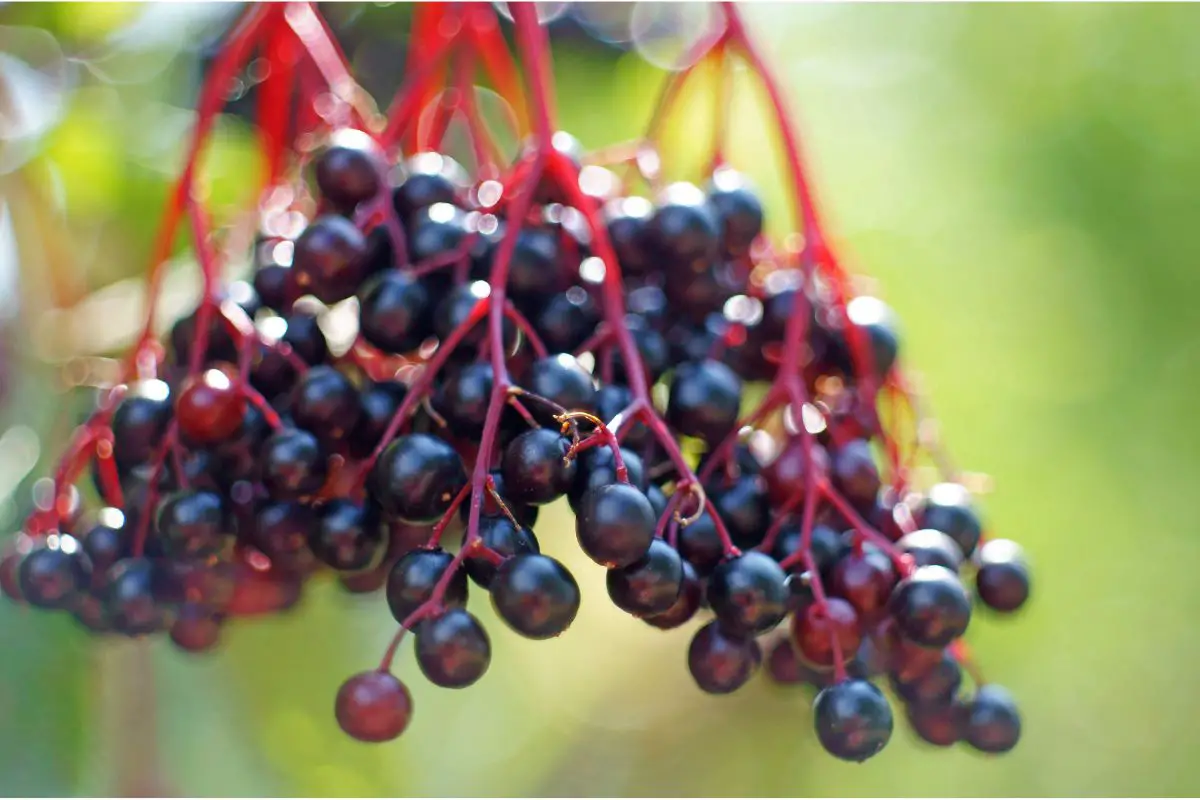
What Can You Make Using Elderberries?
One of the amazing things about elderberries is that they are very versatile in terms of what you can make with them. There are plenty of options.
Most people use elderberries to make jam. This is the most common use of elderberries, and for good reason!
By cooking the elderberries and adding some sugar, you can really bring out their sweetness while minimizing the tart and earthy flavor.
Not only does elderberry jam taste wonderful, but it’s also a practical use of elderberries because jam has a longer shelf life compared to raw fruit.
If you include the right preservatives in your jam recipe and store your jars of jam correctly, you could have jam to eat for months in the future.
If you don’t want to make plain elderberry jam, there are several fruits you can add to the jam recipe to bring out the flavor with some contrasting ones.
For example, elderberry and pear jam is popular, but you could also try making elderberry and strawberry jam, which is a personal favorite of ours.
Jellies, similar to jams, have long shelf-lives, so you can make elderberry jelly if you want to use your elderberry harvest for something long-lasting.
Warm elderberry juice is a common natural remedy for colds and flu.
If you harvest your elderberries during the late summer or early fall, you can have elderberry juice ready in time for winter to boost your immune system when seasonal bugs start making their rounds.
If you’re more into baked goods than jams and juices, the good news is that you can also bake your elderberries into elderberry muffins.
The baking process will cook the elderberries in the muffin batter, toning down the tartness a little.
However, there will still be a slightly bitter taste, which can help to balance out the sweetness of the muffin itself.
What’s more, did you know that you can use not only the berries, but also the flowers of the elderberry plant for cooking?
Most often, the flowers are used to make elderberry tea, which is sweet and comforting. However, elderberry flowers are also sometimes mixed with the berries and fermented to make elderberry wine!
Where Can You Get Elderberries?
If you’re wondering where you can buy elderberries, the bad news is that they’re difficult to find in most stores.
Even local markets where elderberries can be harvested in abundance tend to have a limited supply.
Therefore, the best way to get your hands on some elderberries is either to harvest them yourself or look online.
You can start by searching online to see if any local vendors are selling elderberries.
Make sure to include local markets in your search, and try to look for elderberries during peak season for the best chances of success.
If you know where you can find elderberries growing where you live, you could even harvest them yourself. However, before you do so, you must make sure that you’re allowed to pick these elderberries.
Additionally, if you’re planning on harvesting elderberries for yourself, it’s important to know the difference between ripe and unripe elderberries.
As we mentioned before, the biggest distinction is the color.
Ripe elderberries should be a dark blue, purple or completely black color depending on the variety, whereas unripe elderberries may be red or even green.
You should never harvest unripe elderberries because they contain toxins which could be poisonous to you.
Frequently Asked Questions
Are There Side Effects To Eating Elderberries?
Barring allergic reactions, unripe elderberries or uncooked elderberries contain harmful toxins that can cause a buildup of cyanide in the human body.
Symptoms may include vomiting and diarrhea. The same applies to the seeds, bark and leaves. Always make sure elderberries are ripe and cooked before eating.
What Part Of The Elderberry Plant Is Edible?
Only the berries and flowers of elderberry plants are edible. Do not consume any other part of the plant.
How Long Should You Cook Elderberries?
Elderberries should be cooked until they feel soft. This involves bringing them to a boil and then lowering the temperature to a low boil for around 20 minutes.
Final Thoughts
Elderberries have an earthy and tart flavor, although this taste becomes sweeter when the berries are cooked. This is why the most popular use of elderberries is elderberry jam or jelly.
Elderberries taste bitter and earthy when raw, and even more astringent when unripe. You should not eat unripe or raw elderberries.
You shouldn’t eat any other part of the plant except for the flowers, which can be made into tea or wine.
What Is The Flavor Of Elderberry? Is It Nice?
Course: Taste Like4
servings30
minutes40
minutes300
kcalIngredients
Elderberry
Ingredients from your favorite recipes
Directions
- One of the amazing things about elderberries is that they are very versatile in terms of what you can make with them. There are plenty of options.
- Most people use elderberries to make jam. This is the most common use of elderberries, and for good reason!
- By cooking the elderberries and adding some sugar, you can really bring out their sweetness while minimizing the tart and earthy flavor.
- Not only does elderberry jam taste wonderful, but it’s also a practical use of elderberries because jam has a longer shelf life compared to raw fruit.
- If you include the right preservatives in your jam recipe and store your jars of jam correctly, you could have jam to eat for months in the future.
- If you don’t want to make plain elderberry jam, there are several fruits you can add to the jam recipe to bring out the flavor with some contrasting ones.
- For example, elderberry and pear jam is popular, but you could also try making elderberry and strawberry jam, which is a personal favorite of ours.
- Jellies, similar to jams, have long shelf-lives, so you can make elderberry jelly if you want to use your elderberry harvest for something long-lasting.
- Warm elderberry juice is a common natural remedy for colds and flu.
- If you harvest your elderberries during the late summer or early fall, you can have elderberry juice ready in time for winter to boost your immune system when seasonal bugs start making their rounds.
- If you’re more into baked goods than jams and juices, the good news is that you can also bake your elderberries into elderberry muffins.
- The baking process will cook the elderberries in the muffin batter, toning down the tartness a little.
- However, there will still be a slightly bitter taste, which can help to balance out the sweetness of the muffin itself.
- What’s more, did you know that you can use not only the berries, but also the flowers of the elderberry plant for cooking?
- Most often, the flowers are used to make elderberry tea, which is sweet and comforting. However, elderberry flowers are also sometimes mixed with the berries and fermented to make elderberry wine!
Recipe Video
https://youtu.be/XEUoLLrjs9MVideo can’t be loaded because JavaScript is disabled: Elderberry Taste Test | Unusual Foods (https://youtu.be/XEUoLLrjs9M)- What Exactly Do Chickpeas Taste Like? Is There A Distinct Flavor? - September 30, 2023
- href="https://butterandsaltgatherings.com/top-11-low-carb-options-at-sonic-drive-in-for-keto-diet/">Top 11 Low Carb Options at Sonic Drive-In for Keto Diet - September 30, 2023
- What Should You Serve Alongside Potato Salad? 8 Incredible Side Dishes - September 30, 2023

